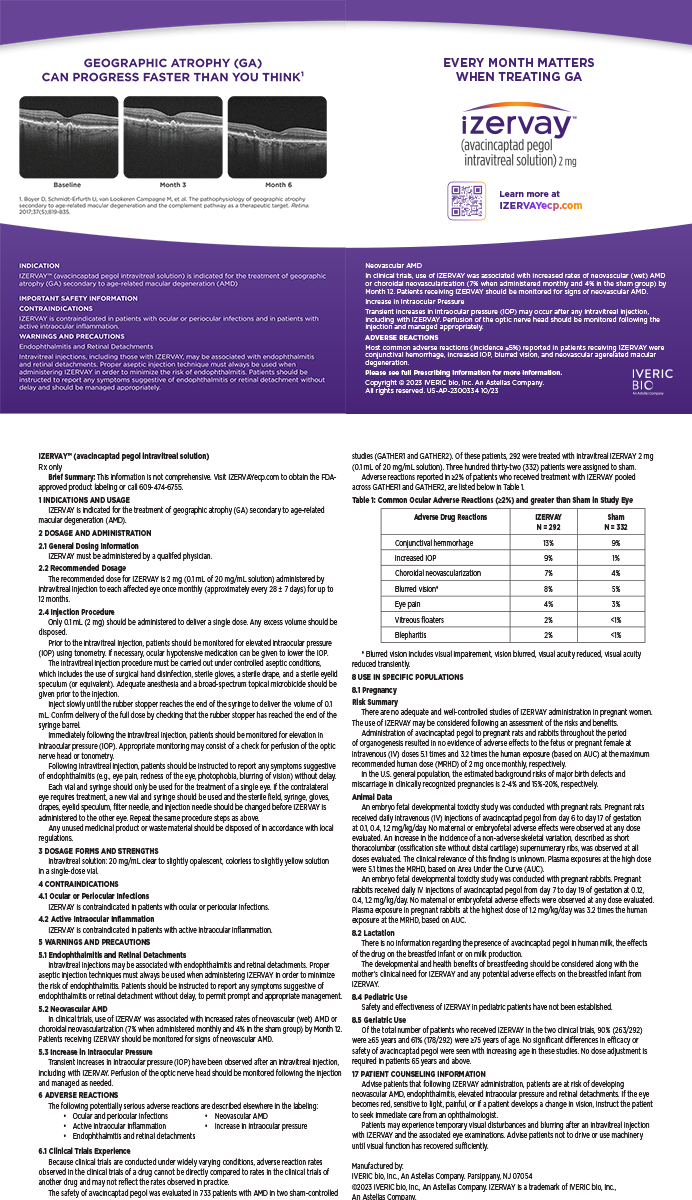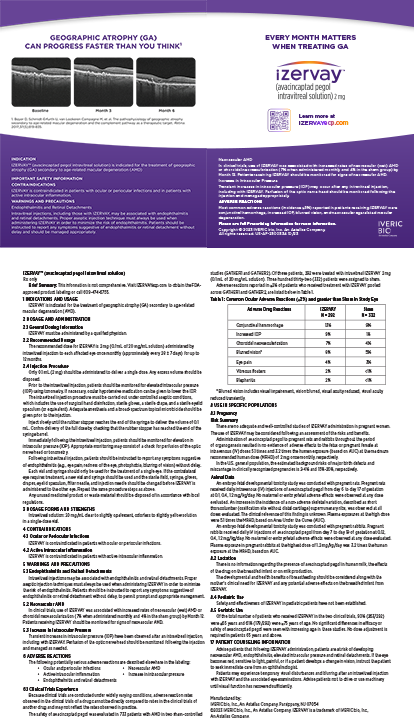Feb 2006
5 Questions With Louis “Skip” Nichamin, MD
Dr. Nichamin discusses several options for the treatment of astigmatism and how socioeconomic trends have shaped his career.
Louis “Skip” Nichamin, MD
What are your pearls for managing postoperative astigmatism in cataract patients?
Astigmatism management is commonly achieved via limbal relaxing incisions (LRIs), which are one of the most underutilized surgical techniques although they fall well within the purview of nearly all modern phaco surgeons. With a modicum of energy and time and a modest investment in new instrumentation, a cataract surgeon can gain familiarity with the technique and provide terrific benefits to his patients, while experiencing the satisfaction of performing true refractive cataract surgery. Here are a few pearls. First, proper centration of the incisions is the most important element in the formula for success. Be on axis! The steep meridian equals the plus cylinder axis. The most frequent complication involves the misplacement of incisions on the wrong axis (typically the opposite axis, which effectively doubles the patient's cylinder). Next, incisions should be placed in the most peripheral part of clear corneal tissue, irrespective of pannus. Last, invest in high-quality instruments. There are no substitutes for state-of-the-art diamond knives.
Why do you favor pars plana anterior vitrectomy versus a limbal approach for anterior segment surgery?
The pars plana approach makes possible a much more controlled, limited, yet thorough cleanup of prolapsed vitreous. This result is achieved by pulling vitreous down from the anterior chamber, rather than moving it in the opposite direction, and it leads to a more efficient process than afforded by a limbal approach. Also, the pars plana approach has a lower risk of vitreous repeatedly migrating up to the limbal incisions. Remaining lenticular material is easily accessed through the pars plana incision and can generally be removed with a vitreous cutter. One should never pursue material that cannot be easily visualized. If lenticular material is posteriorly dislocated, the patient should be referred to a vitreoretinal surgeon.
What role will LRIs play as new toric IOLs become available?
I am truly pleased with the approval of a new and potentially better toric IOL. While an investigator for Alcon's Acrysof Toric IOL, it quickly became obvious to me that this lens is less prone to rotational instability than the STAAR Toric IOL. Nonetheless, I believe that toric IOLs will still take a second seat to LRIs. The lenses will, however, be invaluable in cases where LRIs are contraindicated, such as in eyes with forme fruste keratoconus, which is not an uncommon finding within the cataract population. Toric IOLs in combination with LRIs are extremely effective in the treatment of high levels of astigmatism.
Most ophthalmologists tend to practice in large metropolitan markets. Why did you choose to practice in Brookville, Pennsylvania?
During my training in the early and mid-1980s, it became increasingly clear to me that major socioeconomic changes were occurring in the field of medicine, particularly in ophthalmology. I strongly desired to build a practice with an emphasis on surgery and eclectic case variety, a goal that required a move to a small town. It was an easy decision for me but a magnanimous compromise on the part of my wife. In hindsight, I have absolutely no regrets.
You currently serve as the Chairperson of the ASCRS Cataract Clinical Committee. How has this experience benefited you as a physician?
Immeasurably. The ASCRS has emerged as a remarkably important entity for the anterior segment surgeon. The society has become a premier educational resource, and it continues to be a leading platform for innovation within the field of anterior segment surgery. In addition, the ASCRS is now an invaluable advocate at the socioeconomic level and serves to promote what are now very challenging government relations. The Cataract Clinical Committee is deeply involved in all of these activities, and it plays a significant role as liaison to the ophthalmic industry, particularly if a problem arises with a product or device. Being involved with this committee has offered me the opportunity to pursue two of my most cherished activities, the teaching and sharing of new ideas.


